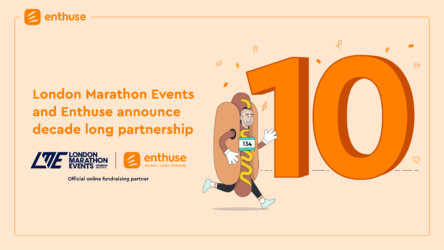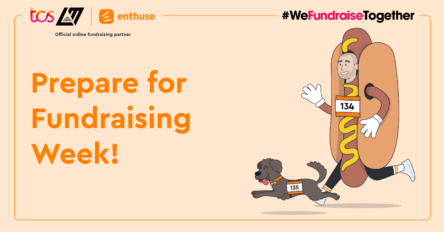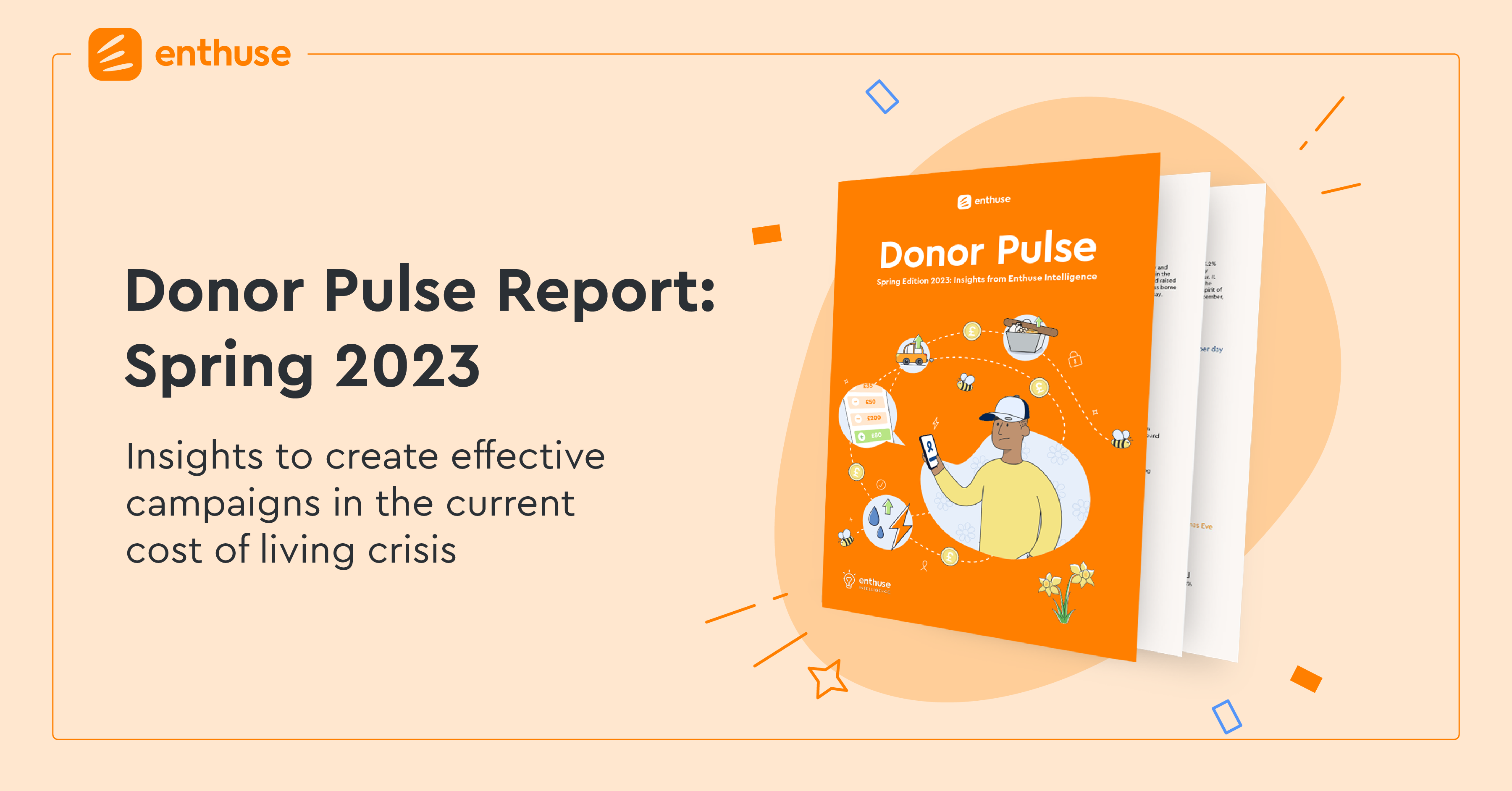
The Spring edition of our Donor Pulse research looks at the cost of living crisis and its impact on the public’s ability to support charities. The report also examines the role that fundraising events have to play for the rest of the year.
Let’s take a look at some of the key findings.
Cost of giving
The research tells us that the cost of living is making it more difficult for people to find money for charitable donations. We can see this from the fact that 71% of the public donated to charity in the last quarter, down from 75% three months ago and 76% this time last year. This is the lowest level of charitable giving in the UK since September 2021. While this is disappointing to read, charities will be buoyed by the fact that 44% of people are interested in taking part in fundraising events this year.
Heating and eating remain the biggest concerns for the public with energy prices (73%) and food costs (70%) ranked as the two most important reasons why people feel worse off. This is followed by rent/mortgage costs at 28%.
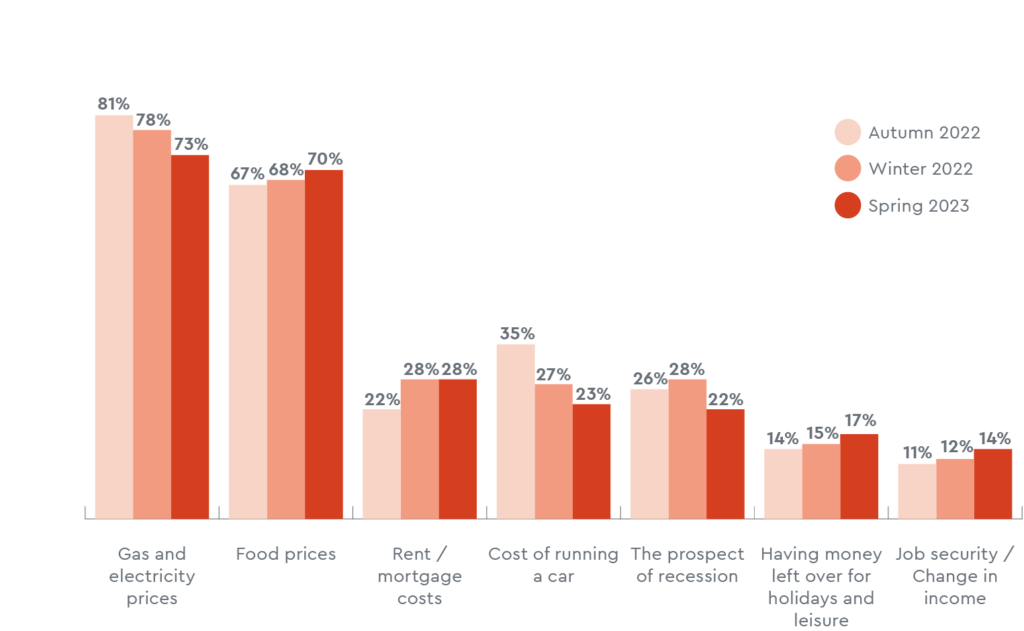
Despite these concerns, for households with an income above £60,000 donations have stayed at the same levels, with 82% having given in the last three months. By contrast, 57% of households on £20,000 or less have donated in the last quarter. The link between household income and amount given follows a logical trend, with 78% of households earning £40,000 – £60,000 a year donating in the last three months and 72% of those in the £20,000 – £40,000 bracket.

When planning campaign outreach, charities may want to consider how the regions they’re targeting are faring. If your cause works locally and its one of the regions that is worst off, being considerate to this fact in your communications will likely be worthwhile. Alternatively, if you’re at a national charity, it might be best to focus your attention on those areas that are comparatively better off.
Signs of encouragement
There is also positive news for charities, as the number of people feeling worse off dropped four percentage points to 59% in the last three months. This is the second quarter in a row this number has dropped. What’s more, 70% of the public are planning to donate in the next three months. This figure rises to 75% for Gen Z.
Even with the pressure on their ability to donate, the number of people very likely to give has risen to 35% – the highest since last summer. This has likely been underpinned by the generous core of UK donors who have continued to give throughout the cost of living crisis. 84% of those who have given in the last three months plan to give over this coming quarter.
Despite pressures at home, the UK also found a way to support those in need overseas. One in five people have already donated to appeals helping the Turkey-Syria earthquake and a further 28% are planning to donate to the humanitarian disaster.

“When it comes to the cost of giving crisis, our research can be divided into three really clear chapters; past, present and future. You can’t ignore the fact that there has been a drop in donations these past three months as people have found it more difficult to support charities financially.”
“However, if we look at what the public is telling us, there are encouraging signs appearing today, with fewer people saying they feel worse off than six months ago and more people intending to give. If you pair this with the public’s appetite to take part in fundraising events, then there’s positives to take forward fo the rest f the year.”
Chester Mojay-Sinclare, CEO & Founder, Enthuse
An event-full 2023
Events could be a great source of fundraising for charities in 2023, with young people particularly interested in getting involved. Gen Z (61%) and Millennials (60%) are the most keen to take part. When broken down into event type, one in six people say they want to take part in long distance events, such as marathons and half marathons. 45% say they are interested in exercise challenges that contribute to health goals and 30% want to take part in large group events, such as fun runs and walks. Smaller activities with friends or colleagues such as bake offs or pub quizzes are also popular (47%).
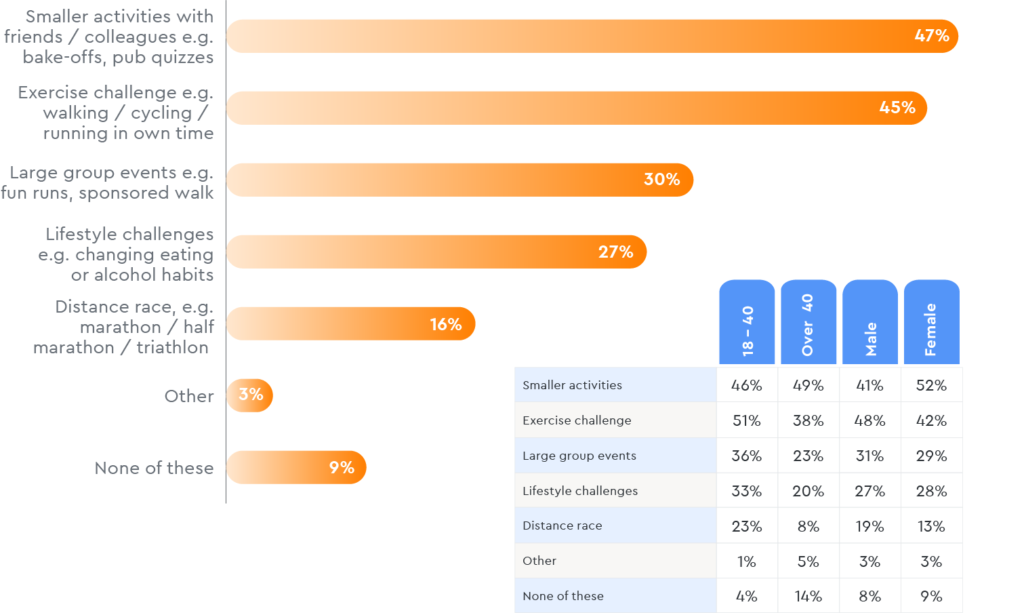
A well-considered celebrity partnership could also make a difference to good causes; distance runners who see support from celebrities are more likely to donate (39%), talk about the charity (39%) and fundraise (32%). Attaching the right influencer to a campaign works for the public as a whole too, as 22% of them say they’re more likely to donate to a cause if they see a well known personality is involved with the charity.
Finally, potential barriers to participation that charities should be aware of include fitness and friends. Fitness is a barrier for all age groups, 55% said they wouldn’t take part in a distance event because of this. About one in ten (9%) said that if none of their friends run, cycle or swim it would stop them from getting involved. This is doubly important to Gen Z where that rises to 21%.
Want to find out more about the latest trends in donor behaviour and fundraising events?







